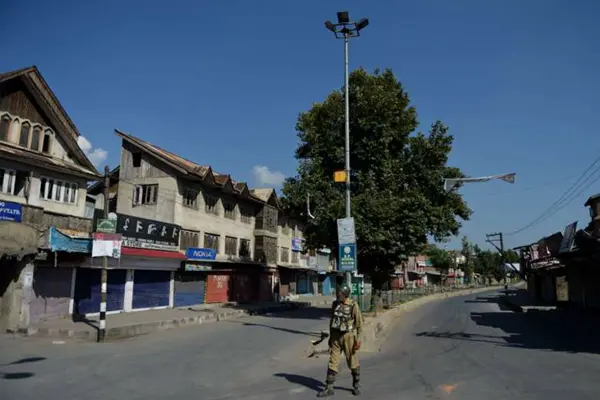By APD Writer Melo M. Acuna
**MANILA, July 7 (APD) – **Philippine Socioeconomic Planning Secretary Ernesto M. Pernia said with the current status of the country’s economy and the advent of what is called “Golden Age of Infrastructure,” inclusive growth will be a reality.
Speaking before the Italian Chamber of Commerce Infrastructure Construction Forum earlier today, Dr. Pernia said the country’s Gross Domestic product growth has been on a “sharp monotonic uptrend” for the last 35 years.
Such a condition brings the country to the ranks of the fastest-growing economies of the world.
He said the Philippine economy is undergoing structural transformation which means that growth “is increasingly driven by investments vis-à-vis consumption and led by the industry sector relative to the service sector.”
Dr. Pernia added the Total Factor Productivity has been increasing gaster than that of traditionally dynamic ASEAN neighbors.
The economic trajectory is sustainable, he added.
However, he admitted while the economy looks robust, “inequality across households and across regions, and chronic poverty persists.”
Citing President Rodrigo Duterte’s overall strategy of promoting regional and rural development to attain a meaningful social inclusivity.
The Duterte administration has committed to make infrastructure development a national priority focusing on the lagging regions and agriculture.
Secretary Pernia said the government, through its “Build, Build, Build” agenda will require investments of up to PhP8.44 trillion or US$ 168 billion over the next six years.
“This translates to increasing spending on public infrastructure from 5.32% of GDP this year to as high as 7.45% GDP by 2022 or an average of 6.8% of GDP in the current Plan period,” he said.
The government’s 2017-2022 Philippine Development mentions the infrastructure program will have a funding mix of government funding, overseas development assistance (ODA) and private capital.
With the combination of various funding sources, the government would implement the current Public Investment Program or PIP.
Under this package are 4,000 large and smaller projects that the government intends to fulfill until 2022.
The PIP also serves as mechanism to improve resource mobilization and further strengthen linkage between the planning, programming and budgeting processes.
“Timeliness and speed of project delivery are liewise beutral to financing sources,” he added.
The meetings between the Philippines and Japan, Asian Development Bank and China resulted in their agreement to hasten the approval process and implement projects “by adopting a 24/7 implimentation regimen though ensuring quality and cost effectiveness.
(ASIA PACIFIC DAILY)
 简体中文
简体中文

